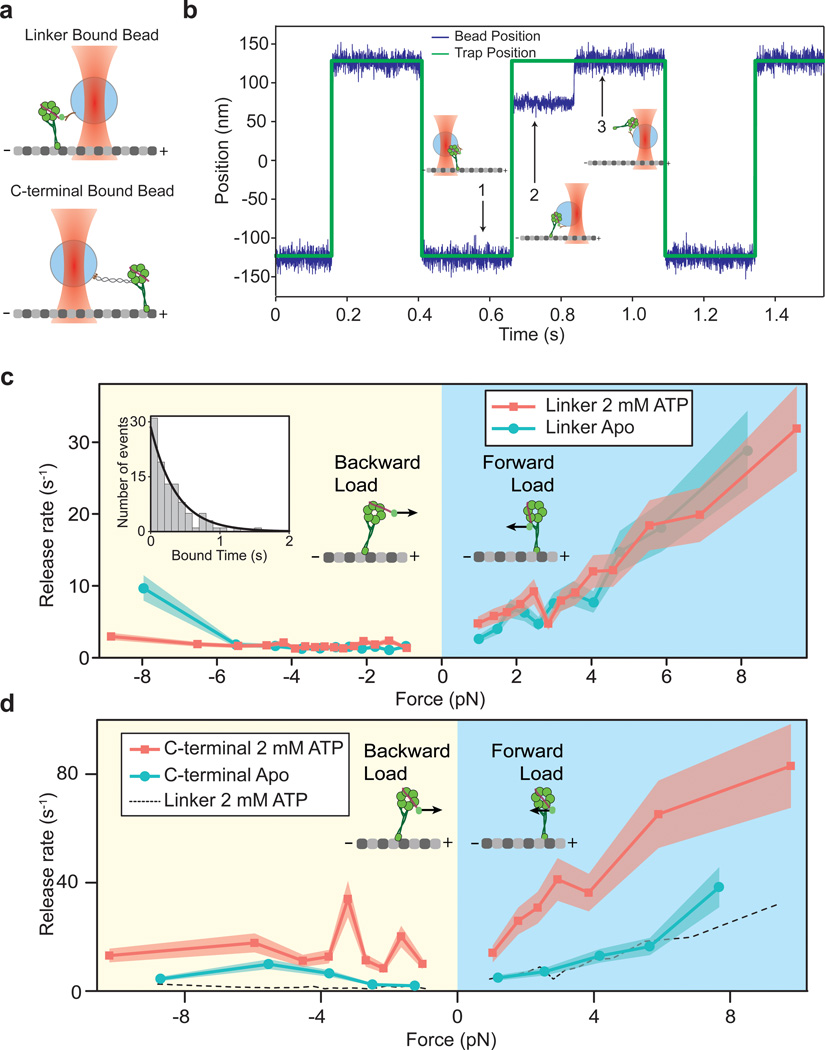Figure 4. Tension on the linker inhibits nucleotide-dependent release of dynein from MTs.
(a) Dynein monomers are attached to a polystyrene bead either through the N-terminus of the linker via a GFP-antibody linkage, or through the C-terminus of the ring via a 74 bp long DNA tether (not to scale). (b) A representative trace showing bead position (blue) and trap position (green). (c) Force-dependent release rates of dynein monomers when the trapped bead is attached to the N-terminal linker domain. The distribution of the forward and backward release rates are unaffected by the presence (red, n = 3003) and absence (blue, n = 2335) of ATP. Shaded regions indicate 95% confidence intervals. Inset: A representative example of the distribution of measured MT-bound times at 0.94 pN average force towards the MT-minus end at 1 mM ATP. Black curve represents maximum likelihood fit to the dwell time histogram. (d) Force-dependent release rates when dynein is pulled through the C-terminus. The rate is similar to the N-terminal attachment case (dotted black line) in the absence of ATP (blue, n = 1105), but increases several fold in the presence of 2 mM ATP (red, n = 1652).

